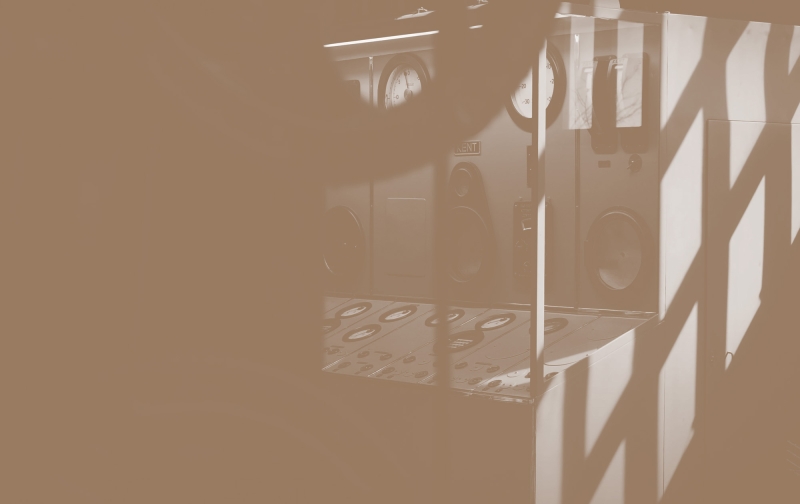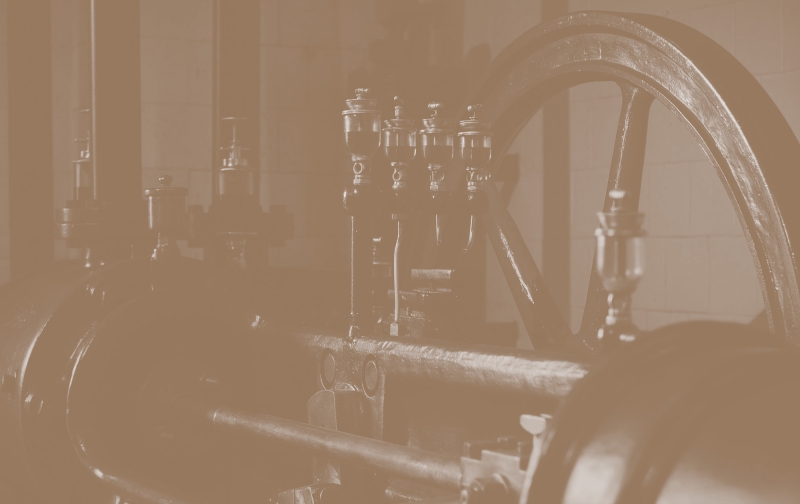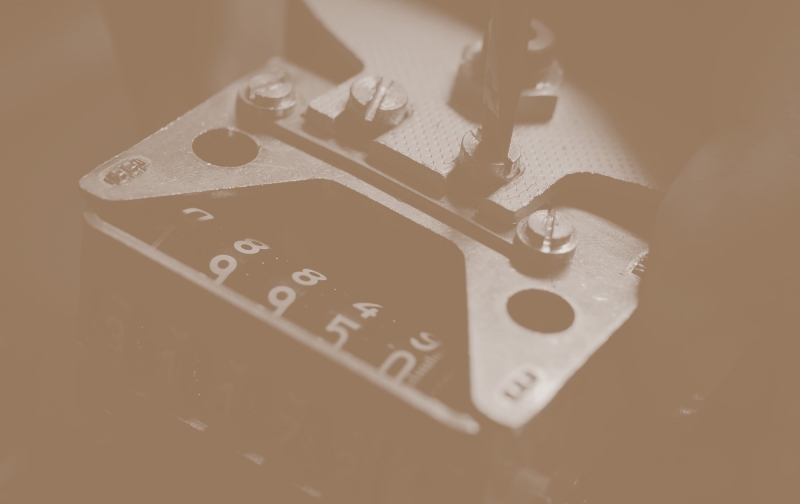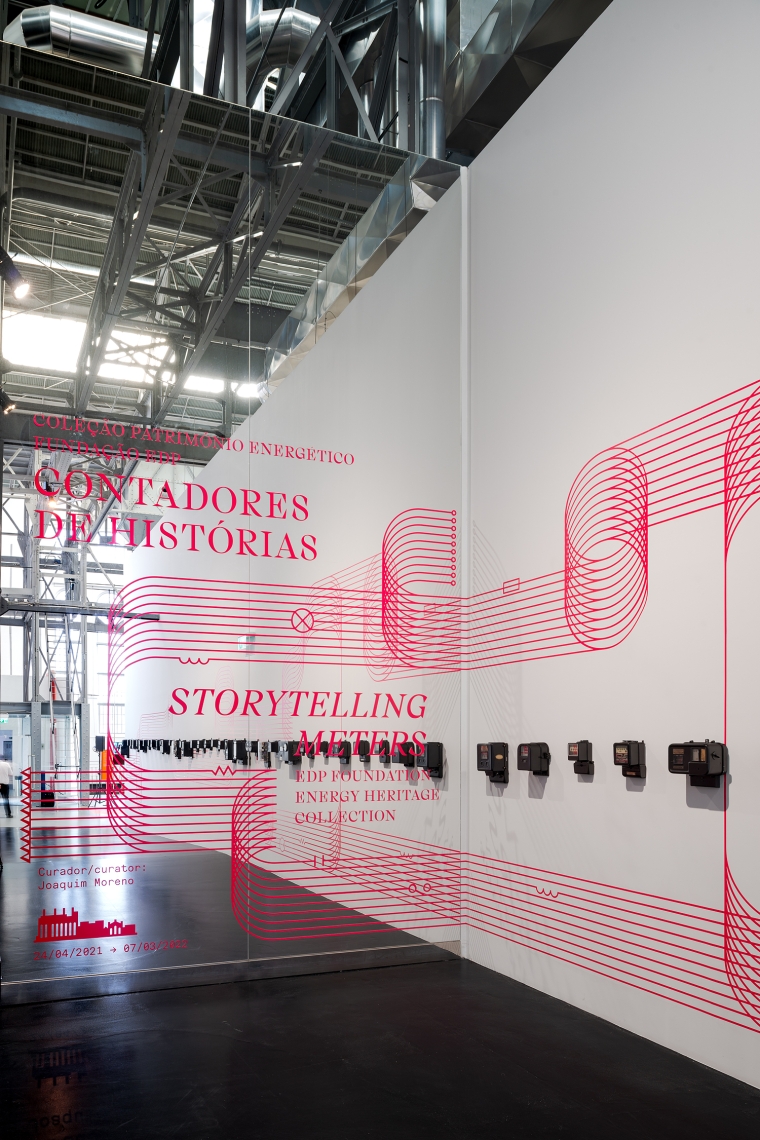Storytelling Meters: episodes 4-5
with Joaquim Moreno
These Storytelling Meters, these objects with stories inside, are windows aggregating new narratives. Each meter tells a part of the story: from collection to tariffs, from production to the domestic appliances animated by electricity, from public lighting to electric mobility, from network management to defence against fraud, or from mechanical metering to electronic metering. Each one of these meters brings together objects, instruments and documents that tell its biography, and each of these episodes is a temporary constellation within the technological collection of the EDP Foundation and maat – Museum of Art, Architecture and Technology, a story that opens the door to many others, to new ways of looking at the History of Energy and to give renewed energy to the museum.
|
Joaquim Moreno graduated in Architecture at the University of Porto, and holds a Master’s from the Barcelona Technical School of Architecture and a PhD from Princeton University. He was co-curator, with the philosopher José Gil, of the Portuguese representation at the Venice Architecture Biennial 2008, and, with Paula Pinto, the exhibition Guido Guidi – Carlo Scarpa. Brion Tomb (Garagem Sul/CCB, Lisbon, 2015). More recently, he curated The University Is Now on Air: Broadcasting Modern Architecture (Canadian Centre for Architecture, Montréal, 2017) which examined a key experiment by The Open University to mobilise new media environments for distance and adult education. |
In 2021, maat inaugurated a new programme around the EDP Foundation collections. Both collections — Portuguese Art and Energy Heritage — are regularly presented within the spaces of Central through an invitational series of curatorial projects by diverse experts, researchers and thinkers that are intended to engage with this reservoir of knowledge from multiple intellectual vantage points. By providing alternative conceptual and scholarly interpretations, the programme aims to bring forward new readings to enlighten historical, social and technological narratives that go beyond those of the collection itself.
Conceived by the architecture historian and curator Joaquim Moreno, Storytelling Meters (maat, 24/04/2021 – 07/03/2022) is the first exhibition that uses various archival artefacts – visual items, objects and appliances – from the EDP Foundation Energy Heritage Collection. The EDP Foundation Energy Heritage Collection was started in 1998. It gathers around 3,500 pieces linked to the history of electricity in Portugal, some of them dating back to the 19th century. These include items of domestic, personal and industrial use, including machinery and equipment — measuring devices and meters, household appliances, illumination and lab equipment — as well as a vast collection of documents. |
|
EPISODE 4 Electric transport is clean and silent, and increasingly present in our public spaces. As a result, the charging network for these vehicles is also increasingly widespread. The vast majority of individual charging has found a place in the common spaces of our garages and parking lots, destabilising a metering system that measured energy consumption by each individual unit of residence. By individualising metering by vehicle, the WallBox allows for greater equity and awareness of our energy consumption. That said, a more accurate picture of individual energy consumption still needs to account for the energy consumed in the outlets of the collective spaces of our daily lives. |
EPISODE5 The C meter (“C” for Comfort) was advertised as the thing that finally made possible the “orchestra” of household appliances that fulfilled this promise. Installed outside the home, the C Meter did not disturb the comfortable intimacy it created. Advertising also invented the conductress of this “orchestra” of domestic bliss: the electrified housewife, mistress of a kingdom that required even more work with each new appliance, from hoover to iron, from toaster to washing machine. After so much promise, expectation and advertising, it was the emergence of consumer credit that finally made it possible to orchestrate this new domestic comfort made up of electric appliances. |
|
The "Storytelling Meters Episodes" videos, with Joaquim Moreno, were commissioned to Adversa by maat / EDP Foundation.
|








